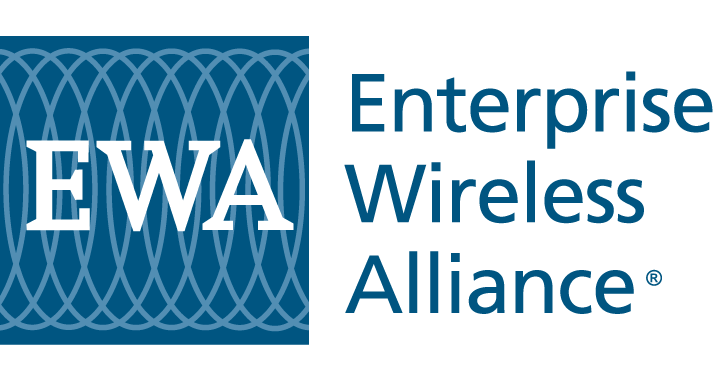Mission
To assist business enterprise users, wireless sales/service providers, private carrier operators, technology vendors and manufacturers in the deployment of wireless communications solutions that promote corporate productivity in the enterprise wireless space.
Chronology
2022—EWA launches Spectrum Intel™, a powerful lead-generation tool that transforms FCC Universal Licensing System data into fresh sales prospects.
2019—EWA reclassifies its membership to include the category private carrier operator.
2018—EWA provides critical leadership that results in the FCC adoption of new rules that create access to private land mobile radio (PLMR) spectrum, including 800 MHz Expansion and Guard Band, 800 MHz interstitial channels and 450 MHz central station alarm channels.
2017—EWA launches Cevo Go®, which allows users to secure certified frequencies in minutes. Cevo Go is available via mobile app or as a desktop application.
2015—EWA launches Cevo®, a powerful online frequency coordination solution, which simplifies the FCC license application process and makes securing spectrum easier.
2014—EWA launches the Cevo® mobile app, an evolutionary spectrum research tool that puts the power of EWA in your pocket, slashes costs and time spent on frequency research.
2010—Over 8,000 spectrum transactions were facilitated by EWA, including several major multi-site trunked system deployments by the Spectrum Solutions Department.
2010—The Enterprise Wireless Solutions Center® is launched, offering exclusive and specialized services that create a unique online community for assessing wireless technology offerings and knowledge exchange.
2007—EWA purchases the Licensing Assistance Office in Gettysburg, Pennsylvania and immediately expands its FCC license strategies and application preparation capabilities to business enterprises, public safety entities and wireless sales and service organizations.
2005—Enterprise Wireless Alliance (EWA) formed through the consolidation of the Industrial Telecommunications Association (ITA) and the American Mobile Telecommunications Association (AMTA).
1998—The USMSS forms and an affiliation agreement is executed with ITA for the provision of advocacy representation and membership services.
1992—SIRSA becomes the Industrial Telecommunications Association (ITA) and, through a series of agreements, now manages the frequency advisory committee services for the organizations representative of the petroleum, telephone maintenance, taxicab, relay press and motion picture industries.
1980—SIRSA’s top priority was the “painstaking development of the Association’s advanced computer support system,” created to provide automated frequency coordination. In 1981, SIRSA begins offering spectrum reports to incumbent users.
1968—The Land Mobile Communications Council forms. SIRSA is a founding member.
1960s—SIRSA becomes one of the largest associations of two-way radio users in the country.
1957-58—SIRSA successfully withstands the threat of termination of the Special Industrial Radio Service. An FCC Notice of Proposed Rulemaking proposed to replace Special Industrial with a new Business Radio Service “in which eligibility would be open to ‘anyone engaged in any lawful business activity’ plus clergymen and educational institutions” which “would have been combined with the Low Power Industrial Radio Service and certain elements of the Citizens Radio Service to form the Business category.” SIRSA made several counter proposals, including retaining the service and making frequency coordination in the Special Industrial service mandatory. In its First Report and Order, the FCC adopted most of SIRSA’s recommendations, including requiring frequency coordination or the compiling of a complete engineering report. In August of 1958, representatives of several associations asked SIRSA to modify its structure to “provide a vehicle for an organization to carry out frequency advisory service as contemplated under the FCC order.” SIRSA agreed. The new SIRSA was incorporated and the Certificate of incorporation was filed on November 25, 1958.
1953—A group of business enterprises organizes the Special Industrial Radio Service Association (SIRSA) in St. Louis, Missouri on February 17 to represent their spectrum requirements at the FCC.
